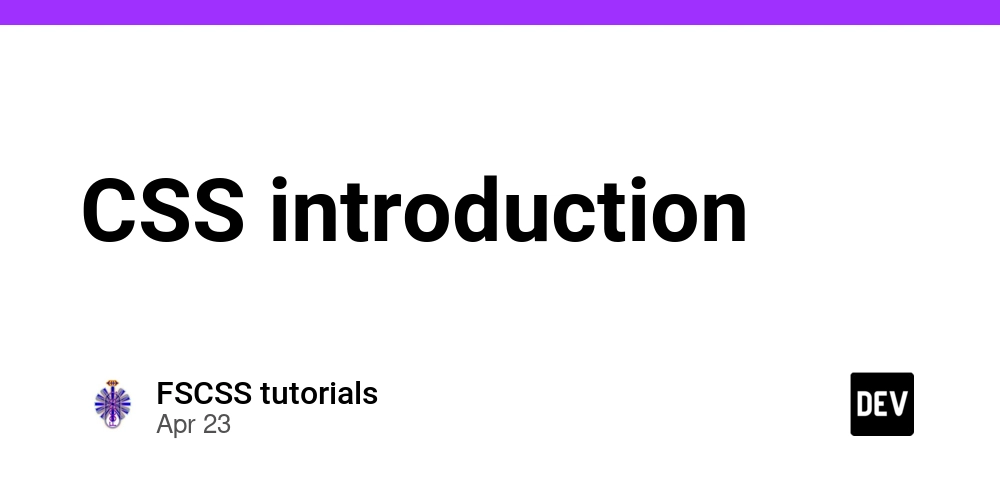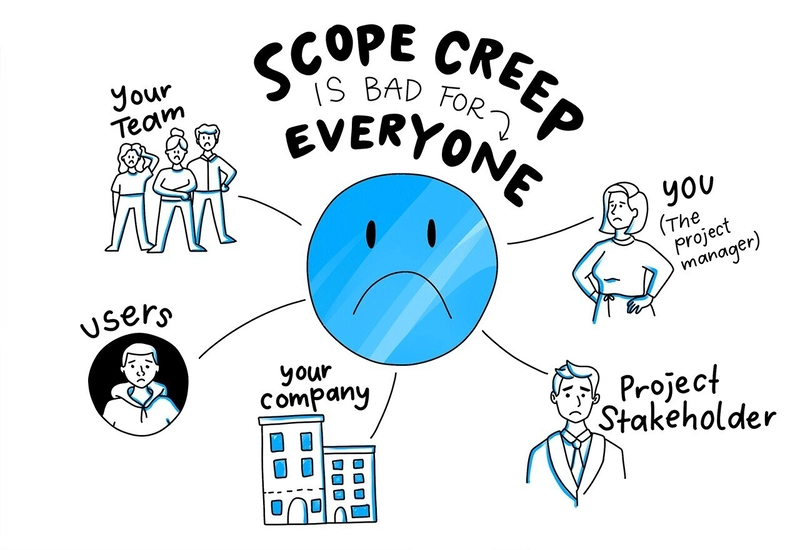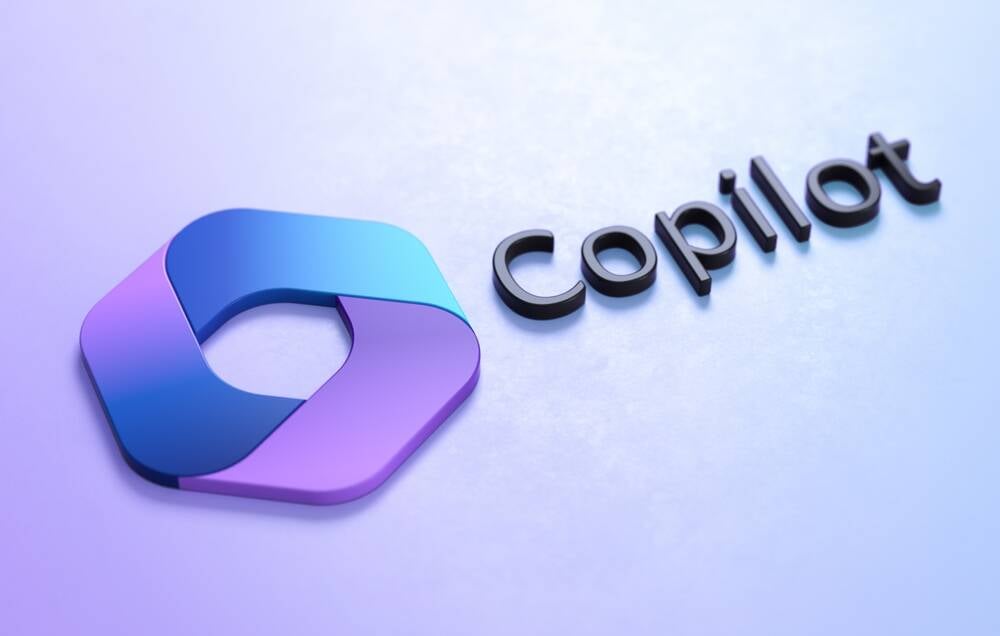CSS introduction
CSS (Cascading Style Sheets) is a stylesheet language fundamental to web development, working alongside HTML and JavaScript to define the presentation of web documents. It allows developers to control elements' layout, colors, fonts, and other visual aspects, ensuring a consistent and appealing user experience across different browsers and devices. Key Concepts of CSS: Selectors: These patterns target HTML elements to which CSS rules will be applied. Examples include element selectors (e.g., p for paragraph), class selectors (e.g., .container), and ID selectors (e.g., #main-title). Properties: These define the stylistic aspects you want to change, such as color, font-size, background-color, and margin. Values: Each property has a value that specifies how the element should be styled (e.g., color: blue;, font-size: 16px;). Rulesets: A combination of a selector and one or more declarations (property-value pairs) enclosed in curly braces {}. How CSS is Applied: Browsers apply CSS to HTML documents through three main methods: External Stylesheets: The most common method, involving linking .css files in the section of the HTML document. This promotes separation of content and presentation and allows for consistent styling across multiple pages. Internal Stylesheets: Using the tag within the of an HTML document to embed CSS rules directly. This is suitable for single-page websites or specific styling needs. Inline Styles: Applying styles directly to individual HTML elements using the style attribute. This method has the highest specificity and should be used sparingly as it mixes content and presentation. The Evolution of CSS: Historically, CSS development involved synchronous versioning (CSS1, CSS2.1, CSS3). However, the W3C now develops CSS as individual modules with their own version numbers (levels), such as CSS Color Module Level 5. This modular approach allows for more efficient and independent evolution of different CSS functionalities. Instead of a single "latest version," it's more accurate to consider the latest stable state of various CSS modules. The W3C periodically takes snapshots to define the current standard. The most recent snapshot was on December 7, 2023. Modern CSS Features Introduced in Recent Years (Including 2024): CSS has seen significant advancements, offering powerful tools for creating sophisticated web layouts and interactions. Some notable features include: Container Queries: This allows styles to be applied based on the size of a container element, rather than just the viewport, enabling more modular and responsive designs. CSS Grid Enhancements: Features like Subgrid (allowing nested grids to inherit properties from parent grids) and new grid functions (min-content, max-content) provide greater flexibility in complex layouts. CSS Custom Properties (Variables) Enhancements: Improvements include Scoped Variables and better support for fallback values and calculations within variables, enhancing style maintenance and reusability. :has() Selector: This allows selecting an element based on whether it contains other specific elements, opening up new possibilities for conditional styling based on content. CSS Nesting: Enables writing more organized and readable CSS by nesting related style rules. View Transitions: Allows for smooth animations between different page views, enhancing the user experience. Scroll-Driven Animations: Enables animations to be controlled by the scroll progress of a scroller, creating dynamic and interactive visual effects. New Color Spaces (LAB, LCH, HWB) and Color Functions (color-mix(), relative color syntax): Provide a wider and more perceptually accurate range of colors and offer more intuitive ways to manipulate colors. Logical Properties (e.g., margin-inline-start): Allow for layout and spacing that adapt automatically to different writing modes (left-to-right or right-to-left). :focus-visible Pseudo-Class: Styles elements differently when the focus is visible to the user, improving accessibility. text-wrap: balance and text-wrap: pretty: Improve the readability of short blocks of text by optimizing line breaks. These ongoing developments in CSS continue to empower web developers to create more dynamic, responsive, and visually compelling web experiences with greater efficiency and less reliance on JavaScript.

CSS (Cascading Style Sheets) is a stylesheet language fundamental to web development, working alongside HTML and JavaScript to define the presentation of web documents. It allows developers to control elements' layout, colors, fonts, and other visual aspects, ensuring a consistent and appealing user experience across different browsers and devices.
Key Concepts of CSS:
- Selectors: These patterns target HTML elements to which CSS rules will be applied. Examples include element selectors (e.g., p for paragraph), class selectors (e.g., .container), and ID selectors (e.g., #main-title).
- Properties: These define the stylistic aspects you want to change, such as color, font-size, background-color, and margin.
- Values: Each property has a value that specifies how the element should be styled (e.g., color: blue;, font-size: 16px;).
- Rulesets: A combination of a selector and one or more declarations (property-value pairs) enclosed in curly braces {}. How CSS is Applied: Browsers apply CSS to HTML documents through three main methods:
- External Stylesheets: The most common method, involving linking .css files in the
section of the HTML document. This promotes separation of content and presentation and allows for consistent styling across multiple pages. - Internal Stylesheets: Using the









































































































































































![[The AI Show Episode 144]: ChatGPT’s New Memory, Shopify CEO’s Leaked “AI First” Memo, Google Cloud Next Releases, o3 and o4-mini Coming Soon & Llama 4’s Rocky Launch](https://www.marketingaiinstitute.com/hubfs/ep%20144%20cover.png)

























































































































































![Is This Programming Paradigm New? [closed]](https://miro.medium.com/v2/resize:fit:1200/format:webp/1*nKR2930riHA4VC7dLwIuxA.gif)


















































































(1).jpg?#)
.jpg?#)





-Classic-Nintendo-GameCube-games-are-coming-to-Nintendo-Switch-2!-00-00-13.png?width=1920&height=1920&fit=bounds&quality=70&format=jpg&auto=webp#)

























_Olekcii_Mach_Alamy.jpg?width=1280&auto=webp&quality=80&disable=upscale#)













































































































![M4 MacBook Air Drops to New All-Time Low of $912 [Deal]](https://www.iclarified.com/images/news/97108/97108/97108-640.jpg)
![New iPhone 17 Dummy Models Surface in Black and White [Images]](https://www.iclarified.com/images/news/97106/97106/97106-640.jpg)



































































































































